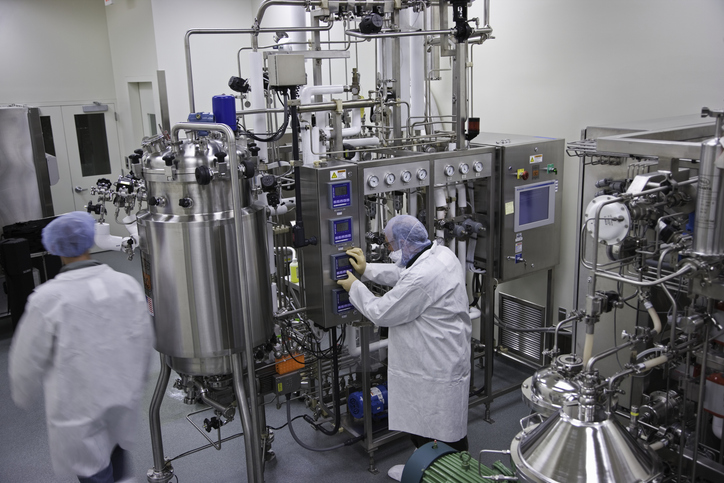Universities must do more to prepare engineering students to manufacture cell and gene therapies, according to new analysis, which suggests few degree-level training courses cover the specialist skills required.
The problem, says author Andy Tay, PhD, from the National University of Singapore, is that most programs still focus on large molecule drug production.
“[Cell, tissue, and gene therapy products] (CTGTP) manufacturing differs from traditional biopharmaceutical production. In traditional manufacturing, the cells are used as hosts to produce the therapeutic antibodies etc., whereas in the CTGTP sector, we use the cells as the medicine.
“Hence, the steps used to isolate and expand cells—as well as the quality control processes themselves—become very crucial,” he tells GEN, adding, “There can be little room for error as the cells are dosed directly into patients.”
University challenge
Analysis by Tay and colleagues revealed that the provision of cell and gene therapy production training at various top-tier institutions is patchy at best.
“In general, we saw that, across all the top English-speaking universities in the world, there is insufficient preparation for undergraduates,” he says, citing workflow design as an example of a subject not covered in sufficient detail.
“More courses should offer workflow design. As cell manufacturing processes become automated, the ability to modify workflow will be even more valuable than traditional skills like being able to change culture media manually.”
Industry partnerships
The research did identify some exceptions, according to Tay, who says, “Certain U.K. schools, for example, provide more specialized training.
“Similarly,” he continues, “there are schools in Singapore and the United States—particularly in and around Boston—that have links with drug firms, which provide training to undergraduates through internships.”
And developing links with industry could serve as a useful model for universities looking to revise programs with cell and gene therapies in mind.
“In the study, we emphasize that we need a revamp of the curriculum where students interested in CTGTP can find specialized modules on this topic, and schools can also link students up with biotechnology firms around them to provide out-of-classroom learning experience,” Tay says.
He cites his own program’s efforts to forge links with technology suppliers and contract manufacturers as an example.
“In my classes, we have visited Cytiva and will visit Lonza to see state-of-the-art manufacturing technologies. Seeing equipment and workflows in real life will also help students understand how companies are innovating,” he says.
Capacity limitations
Whether other universities will be able to develop large-scale internship-based training programs will depend on the firms involved.
Tay says, “A big challenge is that cell therapy manufacturing requires specialist, strictly controlled facilities. Some companies may be unwilling to grant multiple interns access to their sites, which would limit the number of people that could be trained.”
In such circumstances, another option would be to use virtual technology to simulate commercial production environments.
“As many forms of education are going virtual—there are even digital anatomy and surgery classes for medical students—perhaps, we can think of building a virtual cell manufacturing facility coupled with VR technology to teach students,” Tay says.

